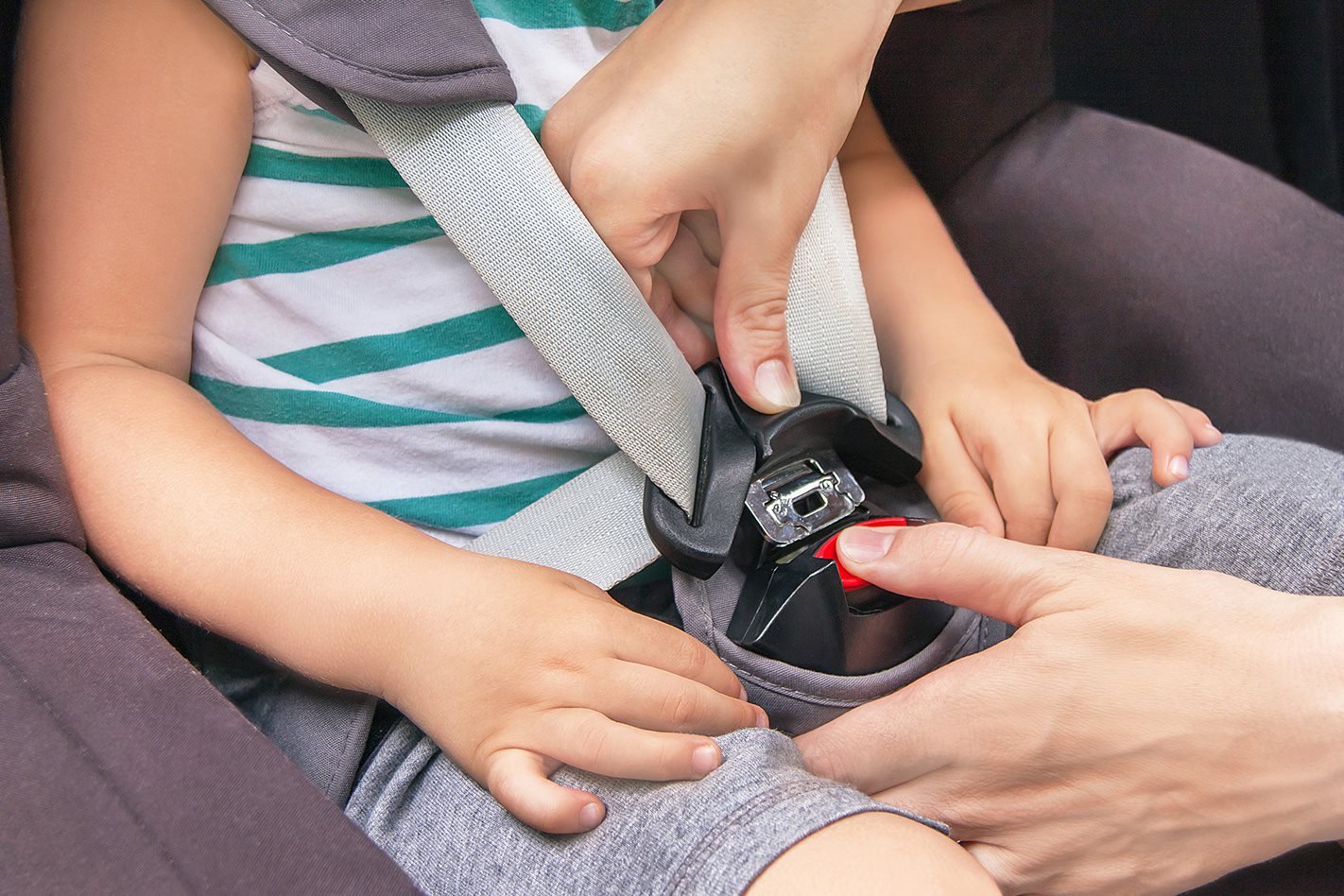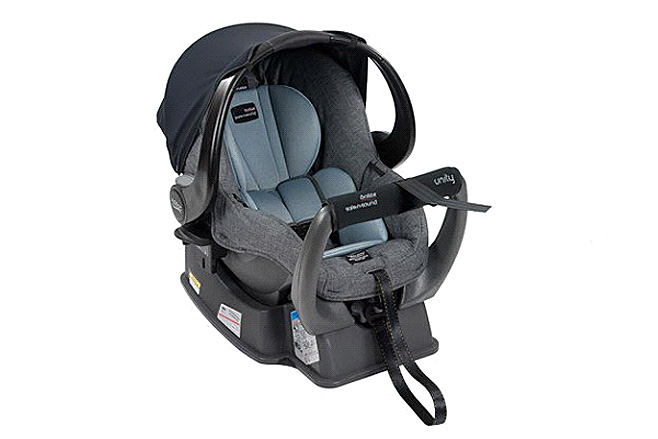
Car safety is of paramount importance for every parent, but finding the right car seat for your children can be an overwhelming process. Even once you’ve found the correct seat for their needs, there is often confusion surrounding the best time to turn it over, turn it around, or turf it altogether.
To make it even more challenging, there is no set age or time limit for any child seat. Yes, there are laws and guidelines, but child seat limits are set by height, not age. While it is easy to adhere to the manufacturer’s maximum height recommendations, the minimum height for a child in a car seat and when to change a seat’s position are factors open to debate – there’s what you can do, what you must do, and what you should do.
Read on for our recommendations.
CAPSULES
Capsules are so convenient; the ability to move a sleeping newborn in and out of the car is a godsend for many new parents. With additional capsule bases costing a fraction of a second car seat for multiple-vehicle families, they are also far cheaper. Therefore it can be quite hard to let them go, particularly as their lifespan seems so short. But you must.
Like car seats, capsules have an indicator line of the maximum height allowance (at the shoulder), letting you know when the time has come to upgrade to the next level of car seat. You must adhere to this rule, particularly if you travel long distances. An infant should not be in the foetal or cradle position for extended periods of time, as it can lead to stiffness, soreness, and even posture and development problems. For this reason capsule warnings clearly prescribe a maximum of two hours’ continuous use – some even less.
Once your child reaches the height indicator line – that’s it. And you have some big choices to make from there.

REAR-FACING
Babies are sponges, soaking in the world around them and fascinated by even the most trivial or mundane sights and sounds. But staring at a car roof is probably a bit boring even for a baby, so many parents can’t wait to face their child forward to see the world as soon as possible.
Some will also choose to move straight from a capsule to a forward-facing car seat for babies six months and older. It’s arguably a cheaper and easier alternative to a rearward/forward convertible seat, which can have a shorter lifespan (around four years versus up to eight) and requires more heavy lifting to get in and out of the car. But please, try to use the rearward-facing position for as long as possible.
While the law states six months is the minimum age, and all car seats will have a minimum height at the shoulder clearly displayed on them, infants and toddlers don’t have the awareness or ability to brace themselves for a crash. Their heads are big and heavy, their bodies soft, and many injuries or even deaths could have been lessened or avoided outright by a rear-facing seat. In an accident, a rear-facing position can reduce or eliminate whiplash or spinal trauma, and internal injuries from belts.
So while the whining and the entry/egress can be painful, rear-facing is the safest position until your child grows too big to fit.
FORWARD-FACING
There are two types of forward-facing seat: a car seat with child restraint, and a booster seat.
The forward-facing child seat still encapsulates the body and head with big bolsters and padding, and has a minimum five-point harness to strap the child in. These are for use up to and beyond four years of age, and in the case of forward-facing/booster convertible seats, up to eight or even 10 years.
Typically, a child has outgrown this type of seat when either its height or weight has exceeded the limit recommended by the manufacturer, or the child’s ears are peeking over the very top of the head support. The height and weight limits are always listed on the warning labels on the seat, and in the instruction booklet.
The big difference with the booster seat, which can legally be used from four years, is that it employs the car’s lap-sash belt instead of a harness. The harness is a safer belt (race cars, anyone?), and a lap-sash can be a problem for wriggly kids who hate their belts – which is pretty much all of them. Aftermarket harnesses are not recommended for use with boosters, so be sure your kid is mature enough to keep their lap-sash on, as well as being physically big enough, before upgrading to a booster.
There are forward-facing/booster seats on the market (Type G) that can be used like a booster but still employ a harness, and are suitable for children up to eight years; this is a great solution if it works into your upgrade schedule.
The minimum height to move out of a booster seat is 145cm, and over seven years of age. But until they grow too large for them, simply keep using them. It’s the safest option.
NATIONAL CHILD RESTRAINT LAWS
- Children up to the age of six months must be secured in an approved rearward-facing restraint
- Children aged from six months old but under four years old must be secured in either a rear- or forward-facing approved child restraint with an inbuilt harness
- Children under four years old cannot travel in the front seat of a vehicle with two or more rows
- Children aged from four years old but under seven years old must be secured in a forward-facing approved child restraint with an inbuilt harness or an approved booster seat
- Children aged from four years old but under seven years old cannot travel in the front seat of a vehicle with two or more rows, unless all other back seats are occupied by children younger than seven years in an approved child restraint or booster seat
- Children aged from seven years old but under 16 years old who are too small to be restrained by a seatbelt properly adjusted and fastened are strongly recommended to use an approved booster seat
- Children in booster seats must be restrained by a suitable lap-and-sash-type approved seatbelt that is properly adjusted and fastened, or by a suitable approved child safety harness that is properly adjusted and fastened.



